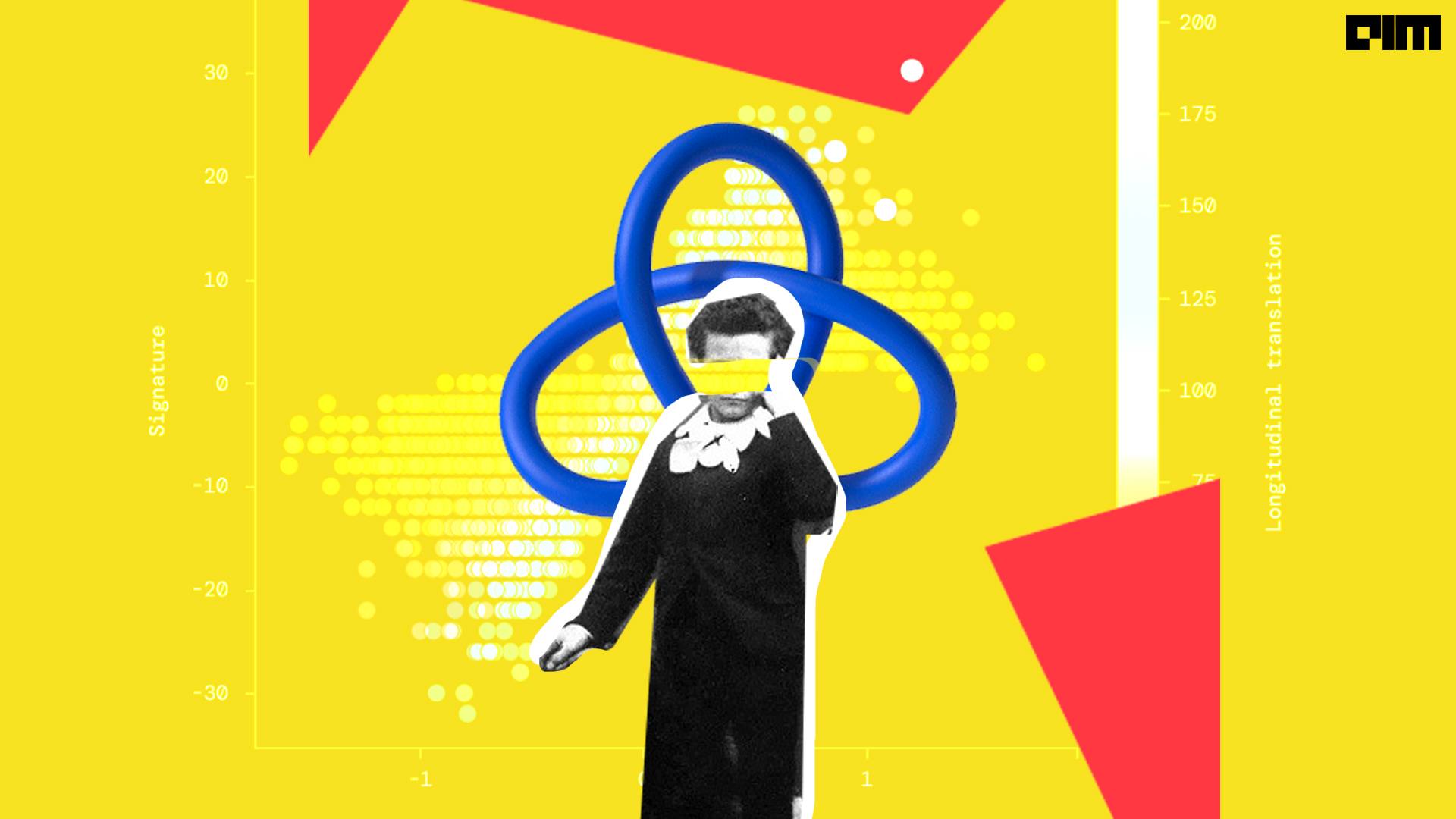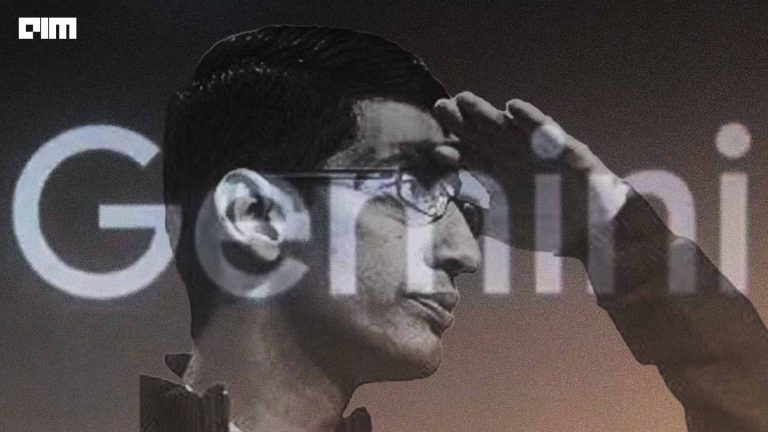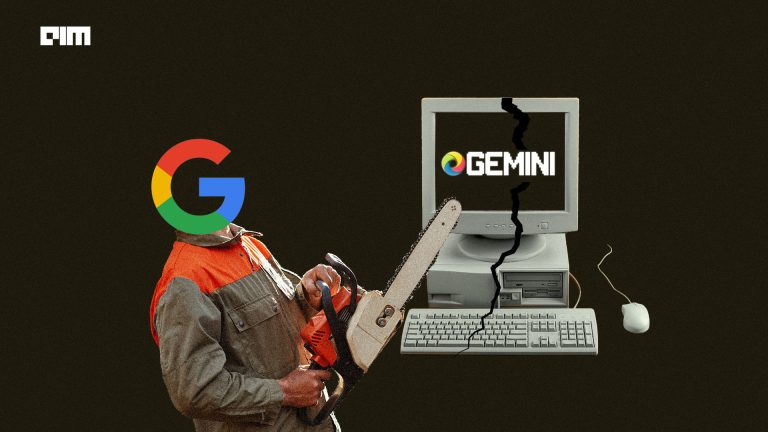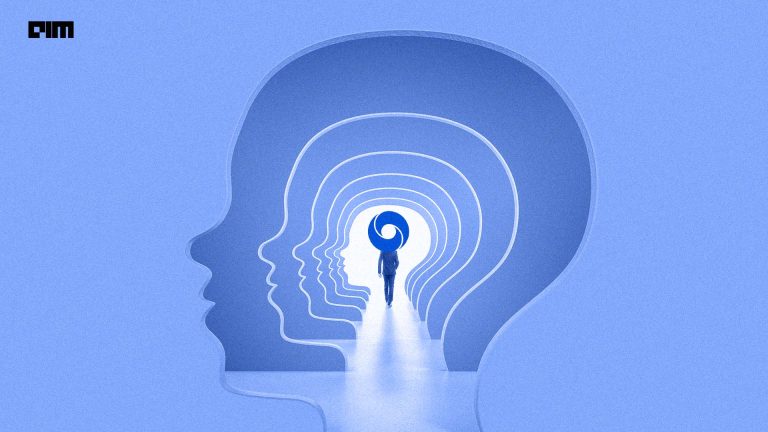“The great advances in mathematics have not been made by logic but by creative imagination.”
–George Frederick James Temple
DeepMind collaborated with two mathematicians – one from the University of Sydney and the other from the University of Oxford, who used AI to tackle two mathematical problems. One is the theory of knots, and the other is the study of symmetry. AI helped the researchers discover new patterns which can be investigated using conventional methods.
This is considered a breakthrough because, although computer simulations and visualisations of knots and other objects have helped mathematicians recognise patterns and develop their intuition in the past, it is the first time that AI/computer is being used to seek out patterns. Researchers believe that this could benefit other areas of maths that involve large datasets.
How did the collaboration come about
In 2019, mathematician Geordie Williamson met DeepMind’s Demi Hassabis at the University of Sydney in Australia. Their conversation soon steered to collaborating for maths-related research. Marc Lackenby of the University of Sydney and a colleague at Oxford, Andras Juhasz, soon joined the project. Both Lackenby and Juhasz are knot theorists.
When the team first started on the project, they concentrated on identifying mathematical problems that could be solved using DeepMind’s existing technologies. Machine learning could help in detecting patterns (like relationships between two objects), and mathematicians would then work out the exact relationship between the objects by formulating a conjecture. They could follow that by writing proof that turns that statement into a certainty. Prof Williamson used DeepMind’s AI to prove an old conjecture about the Kazhdan-Lusztig polynomials, which was unsolved for 40 years. Lackenby and Juhasz took this a little further, which led them to discover a previously unknown connection between algebraic and geometric invariants of knots. This helped in establishing a new mathematical theorem.
Credit: DeepMind
Invariants in knot theory are used to address the problem of distinguishing one knot from another. They also help mathematicians in understanding the properties of knots and how that related to other mathematics branches. Knots help in understanding varied aspects of fields like quantum field theory and non-Euclidean geometry. In fact, the relationship between algebra, geometry, and quantum theory is a long-standing challenge. The team has trained an ML model to discover such a pattern. This revealed the ‘signature’ – it is a particular algebraic quantity that is directly related to the geometry of the knot. By using attribution techniques from ML, the researchers were able to discover a new quantity called the natural slope. It hints at an important structural aspect that has remained undiscovered till now. They were then able to prove the exact nature of the relationship.
Credit: DeepMind
Wrapping up
The discovery of patterns and formulation of useful conjectures are the main pillars of mathematical progress. Mathematicians have often relied on data for this process – from the early hand-calculated prime tables that Gauss and others used (that eventually led to prime number theorems) to modern computer-generated data (such as Birch and Swinnerton-Dyer conjecture).
With computers generating data and test conjectures, mathematicians now have a new understanding of problems that were previously inaccessible. While computational techniques have become useful in other parts of the mathematical process, AI systems have not yet established such space. Previously, systems have generated conjectures that have either contributed sufficiently to researchers that do not easily generalise to other mathematical areas or have demonstrated novel methods that have given mathematically valuable results.
This new research proves that AI systems hold great potential for identifying and discovering patterns in mathematics. With this, DeepMind hopes that this research will help researchers look at AI as an important tool to solve challenges in pure maths. DeepMind has also released interactive notebooks to replicate results.
Read the paper here.




















































































